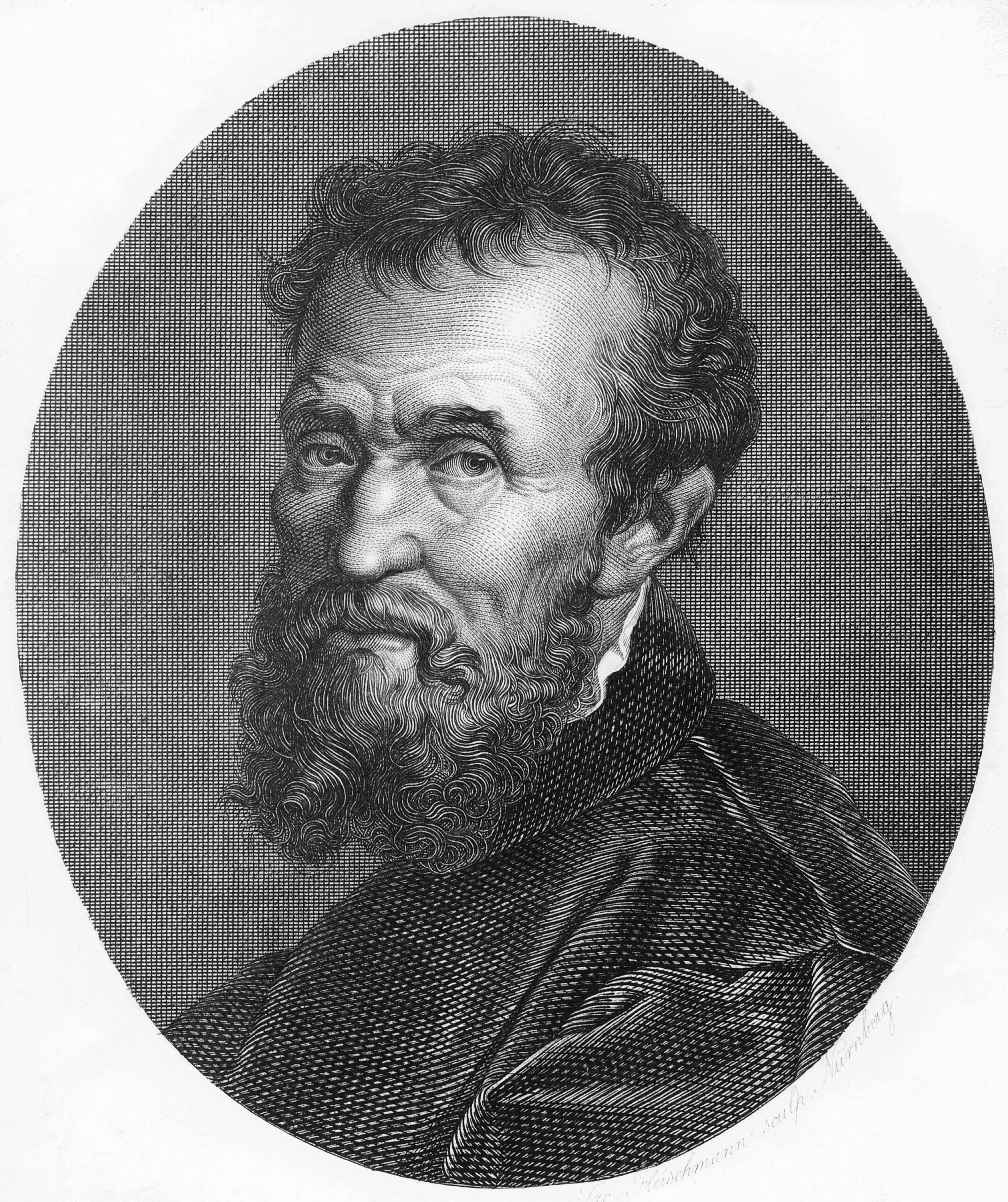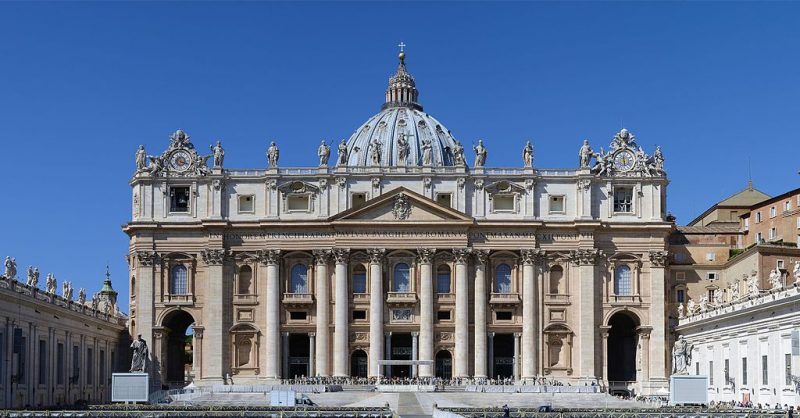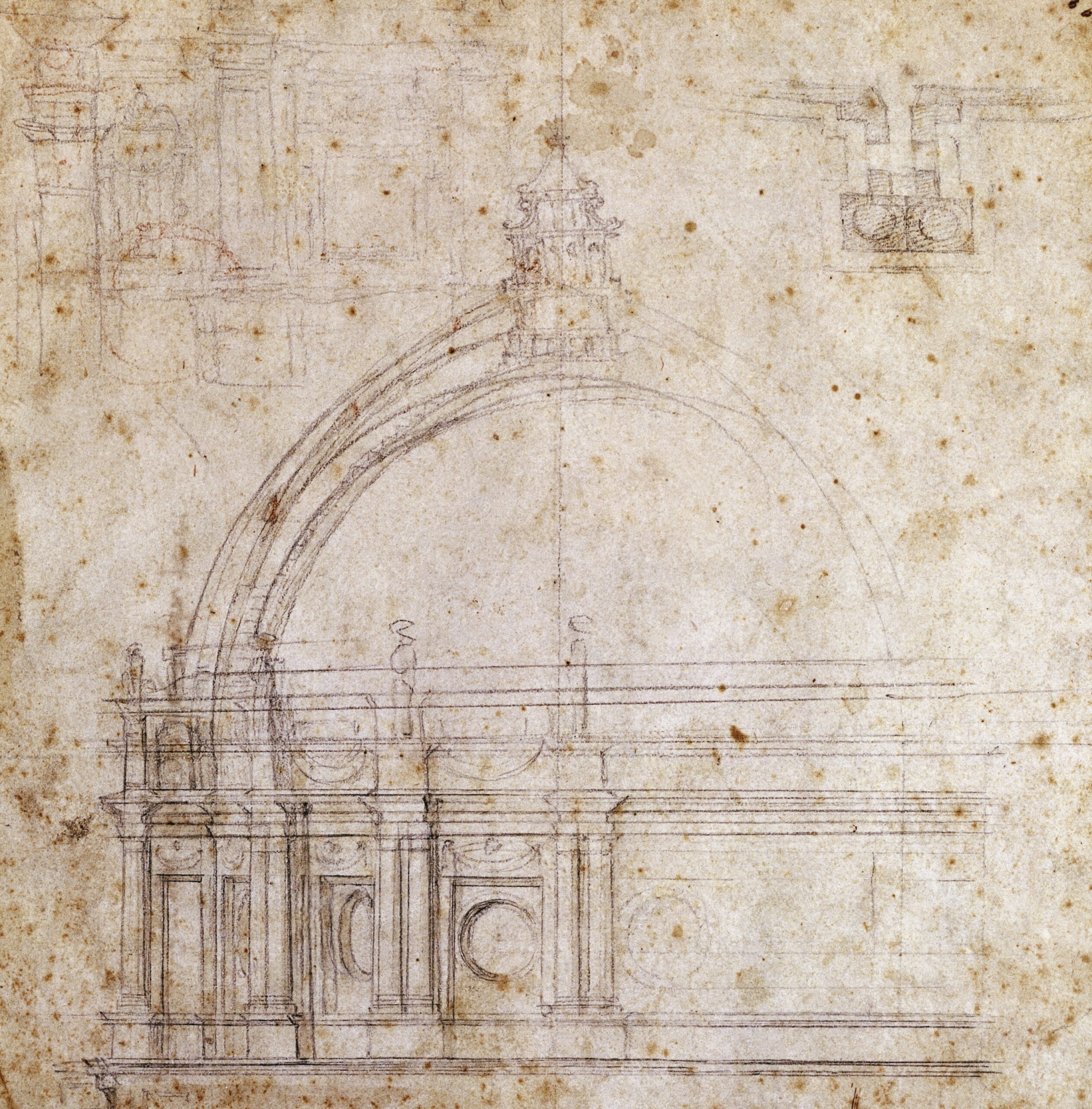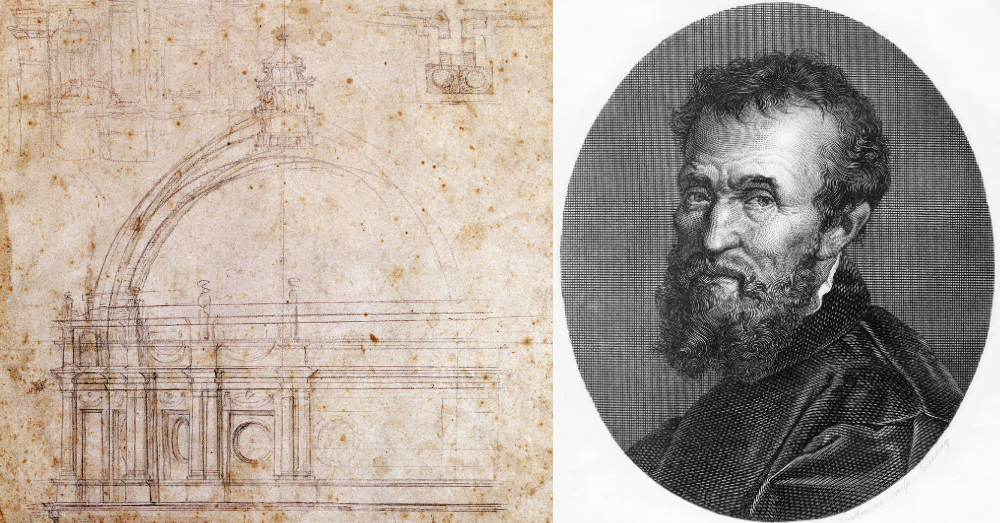Along with Leonardo da Vinci, Michelangelo is praised as one of the greatest artists of the High Renaissance. Michaelangelo is one of the three major artists that were most prominent during the period, alongside Leonardo Da Vinci and Raphael.
He was a prodigy who excelled in architecture, sculpture, painting and even poetry. His career was extremely prolific, and during his lifetime he earned the nickname “Il Divino,” or “the divine one.”

Michelangelo’s career started when he was 14 years old. He lived in Florence, and his father was initially reluctant to allow him to pursue the career of an artist. Still, at the age of 13, he became an apprentice to the famous painter Domenico Ghirlandaio.
A year later, Michelangelo’s talent was recognized by Florence’s most famous art patron, Lorenzo de Medici, so Michelangelo moved to the Medici residence where he studied, surrounded by the most talented artists of the time.
Michelangelo was commissioned to work on many projects that resulted in some of the world’s most grandiose masterpieces.
He sculpted his famous Pieta (the sculpture of the Virgin Mary with the dead Christ) for the French cardinal Jean Bilheres de Lagraulas. He also sculpted the famous sculpture of David, painted the ceiling of the Sistine Chapel, and worked on the grand tomb of Pope Julius II for several decades.
Since he was a famous and respected artist, Michelangelo earned a lot of money. For painting the ceiling of the Sistine Chapel, he was paid 3000 ducats, which would amount to approximately 78,000 dollars in today’s terms. While it might not seem significant now, at the time, this was a stellar amount of money for an artist to be making. For the tomb of Pope Julius II, he was reportedly paid 10 000 ducats—an astronomical sum.

However, Michelangelo proved that he valued his art far more than money. At the beginning of the 16th century, Pope Julius II hired the Italian architect, Donato Bramante, to upgrade the main church of the Vatican, St. Peter’s Basilica, which was a rather small and unimpressive church at the time.
Both Pope Julius II and Donato Bramante died before the work on the church was finished. After several architects had failed to finish the construction, Michelangelo was hired as the leading architect to take over the project.

Michelangelo worked on the church for years and refused to be paid for his work even though he designed the major parts of this timeless building. He continued developing Donato Bramante’s architectural plans and perfected them by combining them with his own creations. Michelangelo followed in the footsteps of his predecessors and sadly died before seeing the completion of the church renovation, but his successors continued using some of his plans.
In December of 2007, one of Michelangelo’s original chalk sketches of St. Peter’s Basilica was found deep in the Vatican archives. This discovery was a surprise for many art historians because Michelangelo usually destroyed all of his sketches after finishing his projects.
Historians presume that the sketch was preserved because a series of detailed mathematical calculations were found written on the sketch, and these calculations were probably used during the construction of the church.
